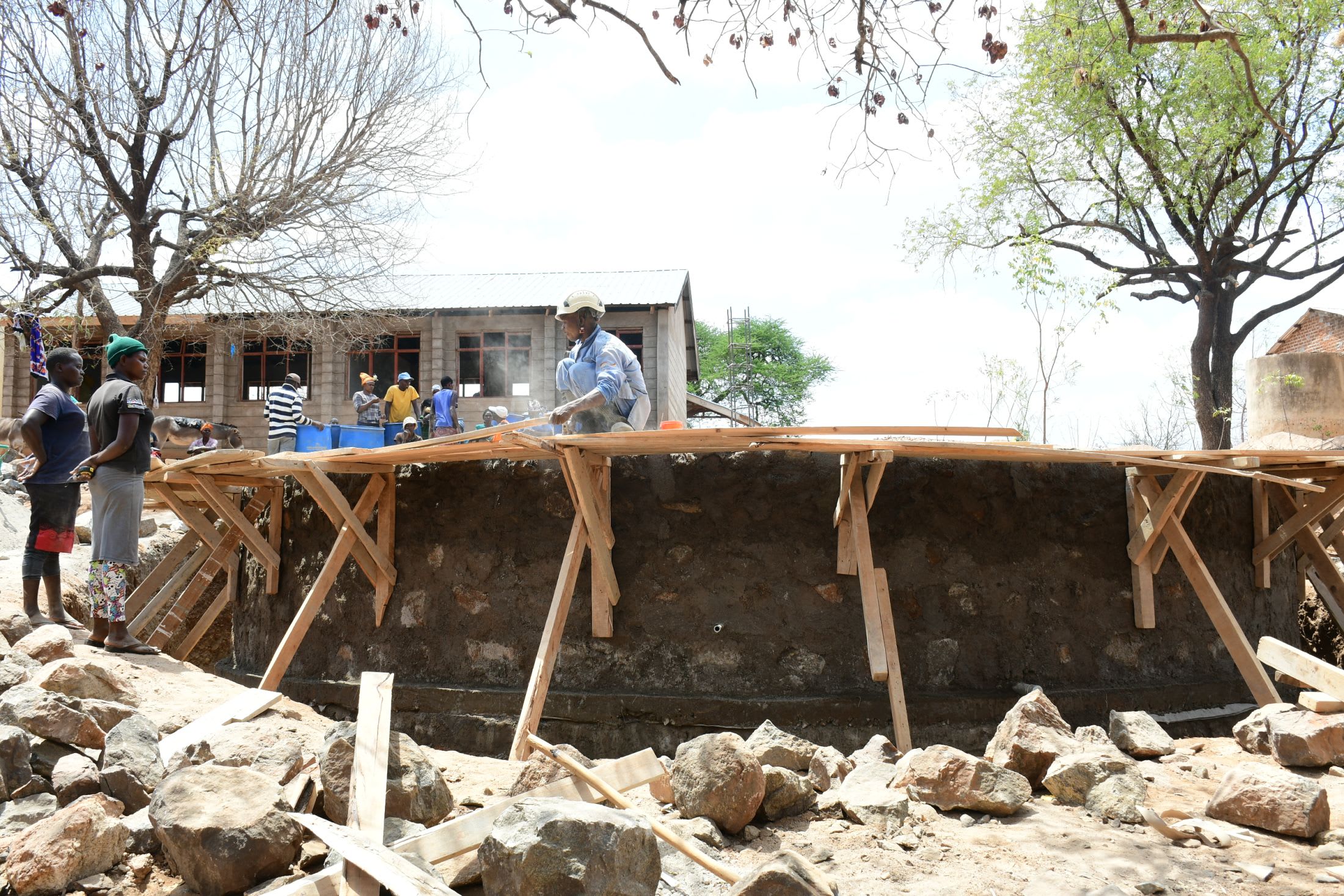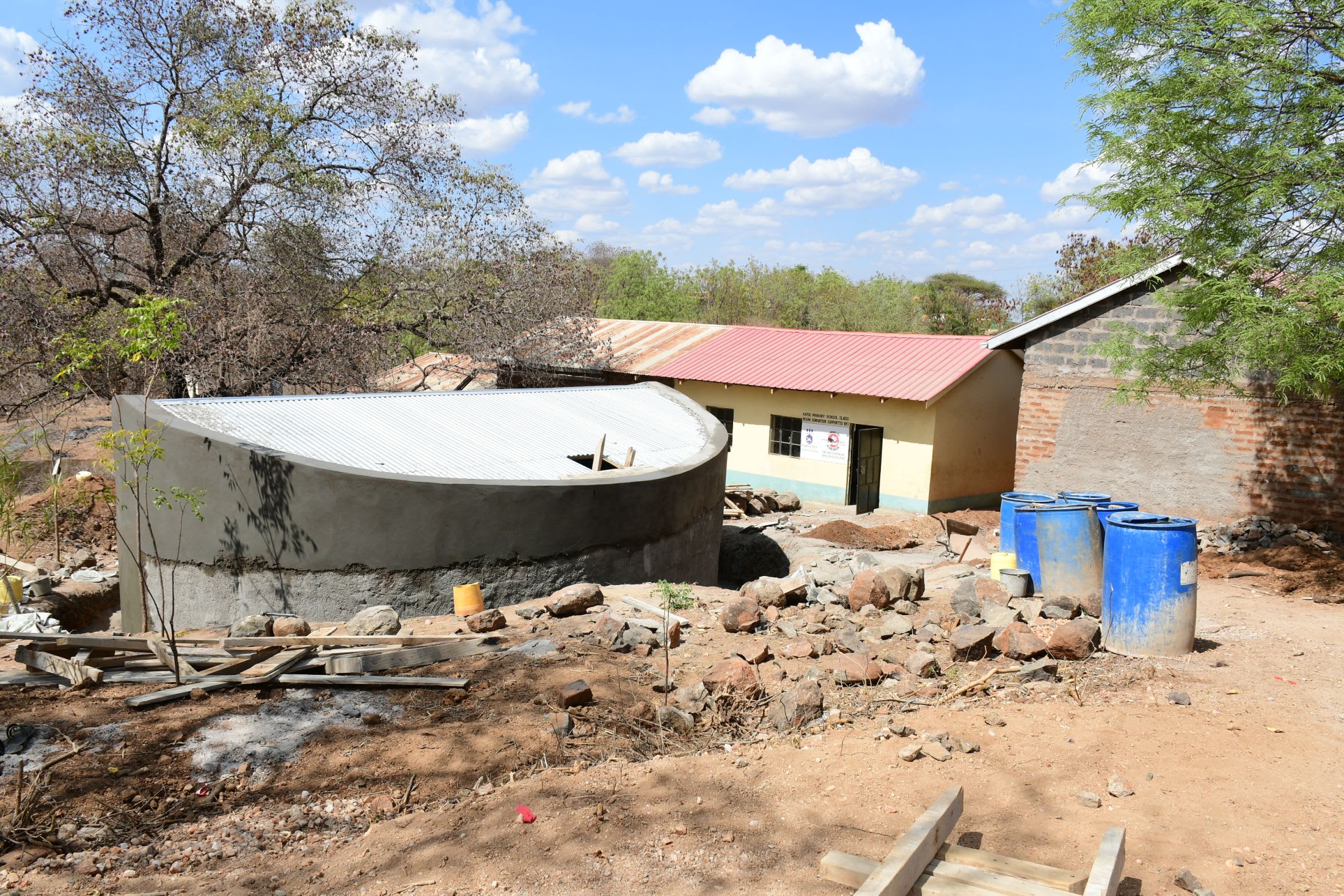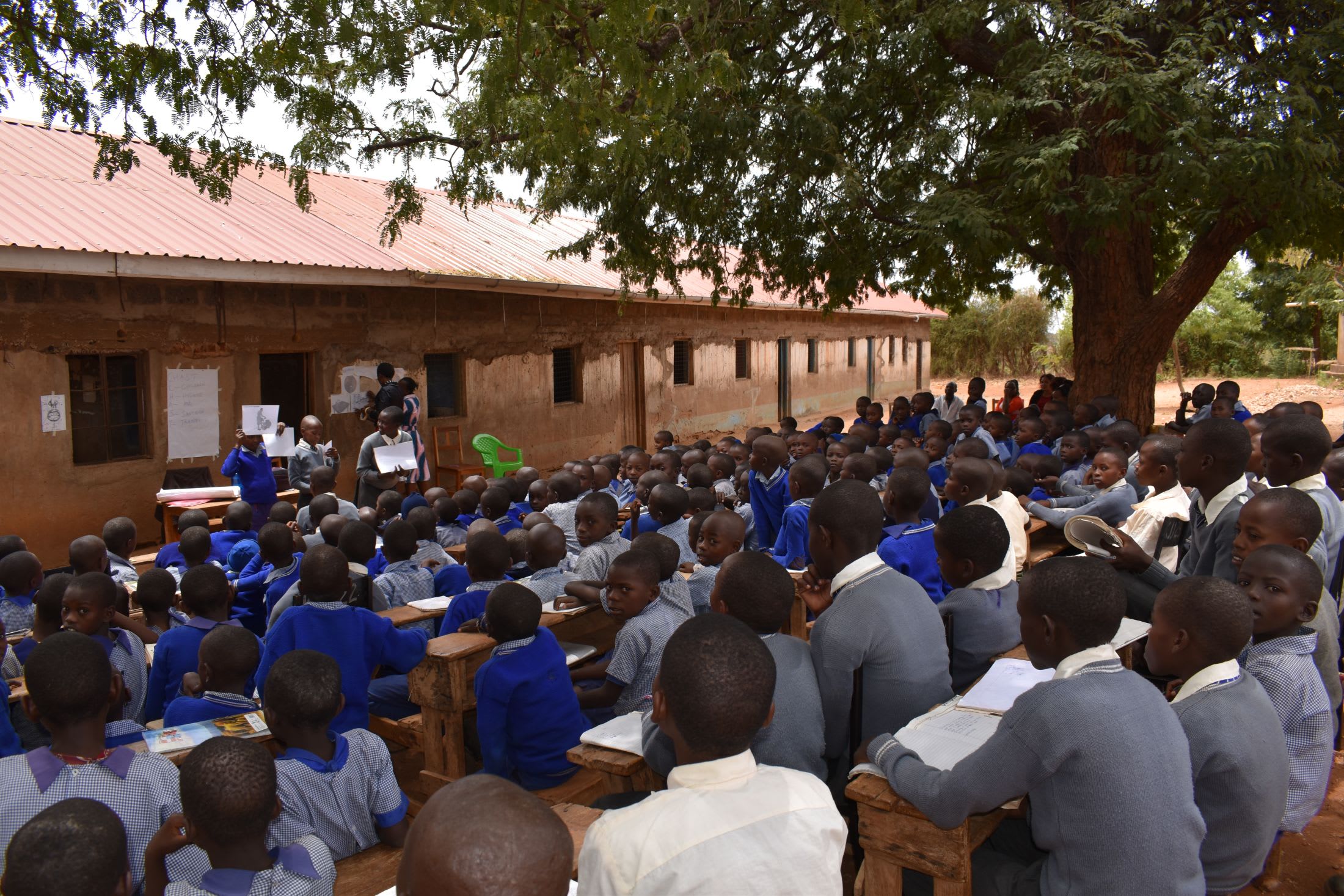At Katse Primary School, the 323 staff members and students struggle to access enough water to meet their most basic needs. Due to the small capacity of the rain tanks on the school campus, students must spend their time collecting water from extremely contaminated scoop holes instead.
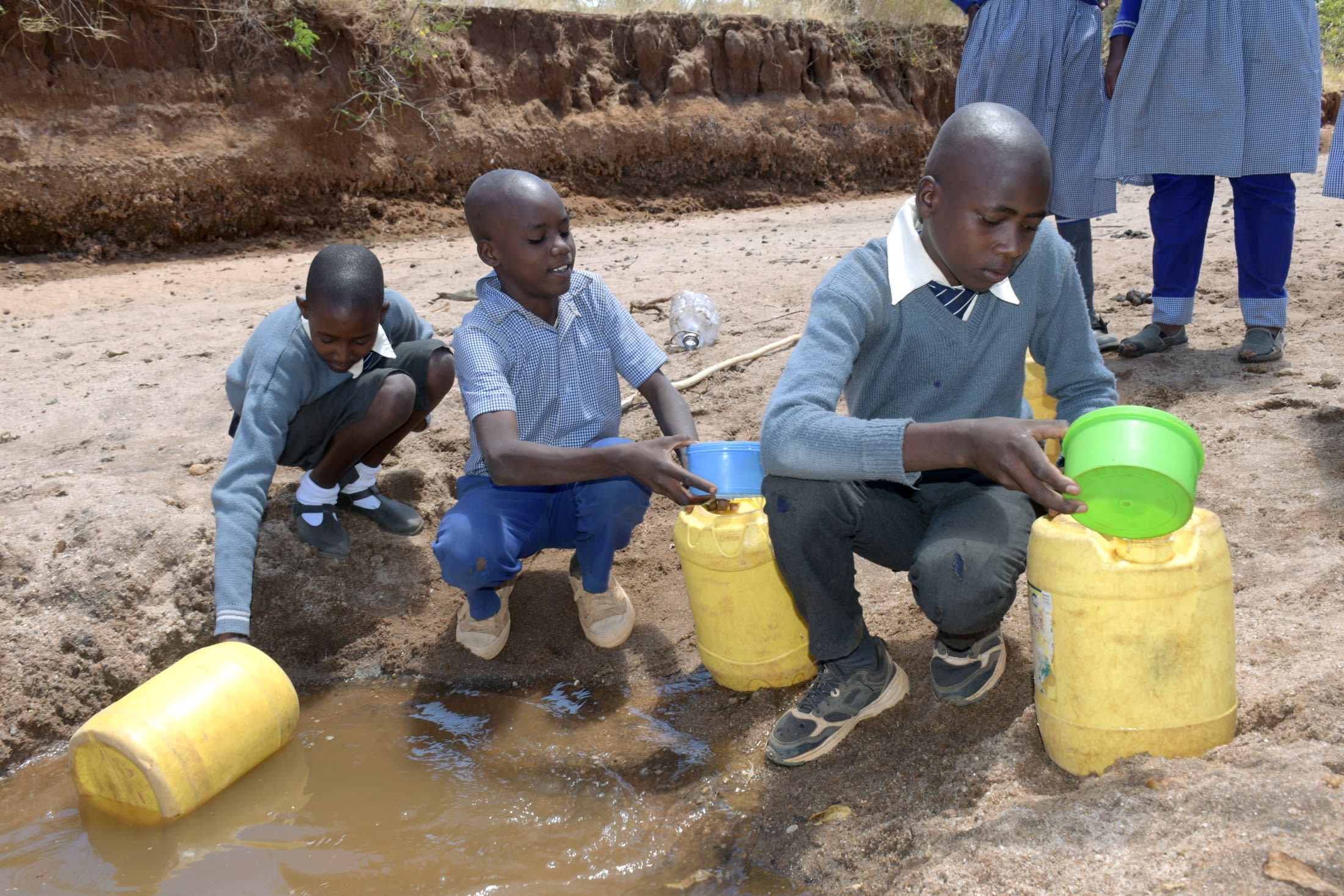
Students must seek out seasonal scoop holes when their rain tank runs dry, which is often. The scoop holes are open to human and animal waste, creating a high risk of water-related illnesses.
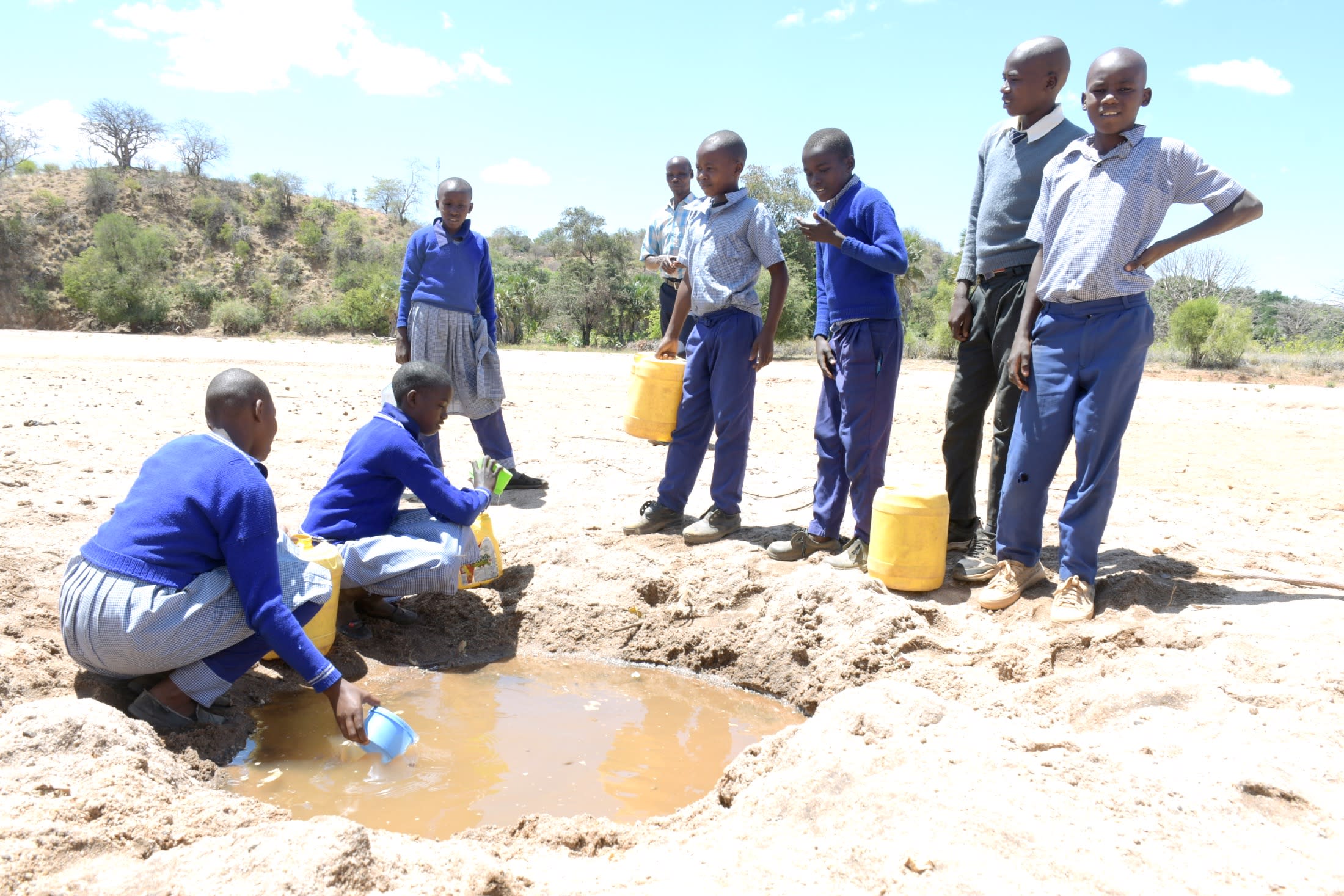
Field Officer Alex Koech shared, "The scoop holes are unprotected; thus, animal feces, dust, and other debris contaminate the water. The pupils have to walk several kilometers carrying water in their jerricans to school, which is very exhausting. They are shared with the rest of the community members, [so] the water supply [is] inadequate. The tanks in the school cannot harvest enough water to sustain the entire population."
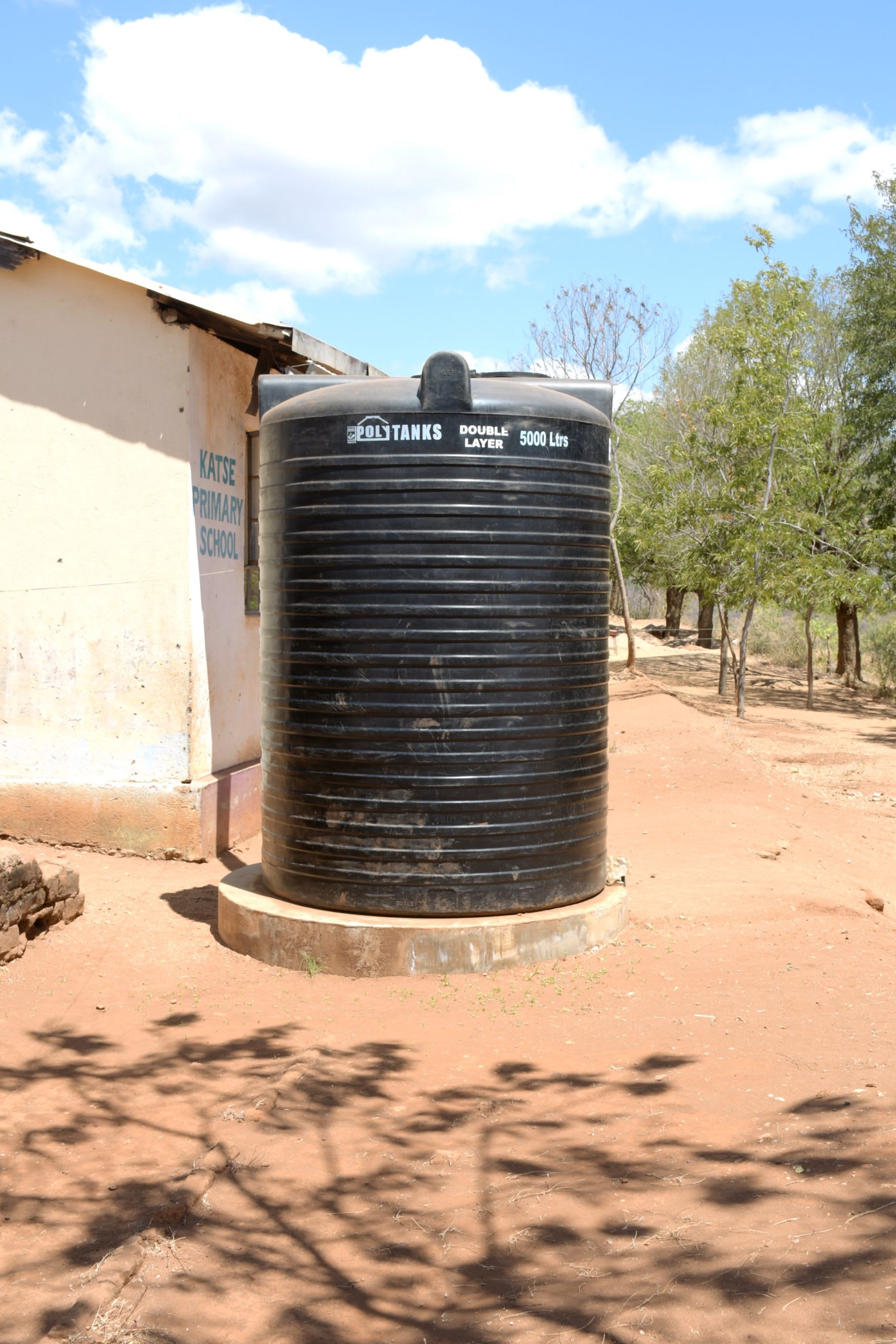
At times, the school also relies on water pumped to the school from the local river but that is a costly venture that the school can not afford.
"The water pumped to the school is expensive, and offsetting the water expenses is difficult considering the school's meager resources. Hygiene and sanitation (general and personal) have also been negatively affected because water is used sparingly," continued Alex.
“If education is the key to helping children escape poverty, access to water and sanitation is key to helping children safely maximize their education. To neglect this is to be careless with the well being and health of children," said Kelly Ann Naylor, Global Chief of Water, Sanitation and Hygiene at UNICEF.
13-year-old Cynthia M., seen below, shared, "The water in our school is unclean and contaminated because it is acquired from scoop holes that are prone to animal and human contamination. I have been sick several times during this term due to stomach upsets caused by drinking the contaminated water."
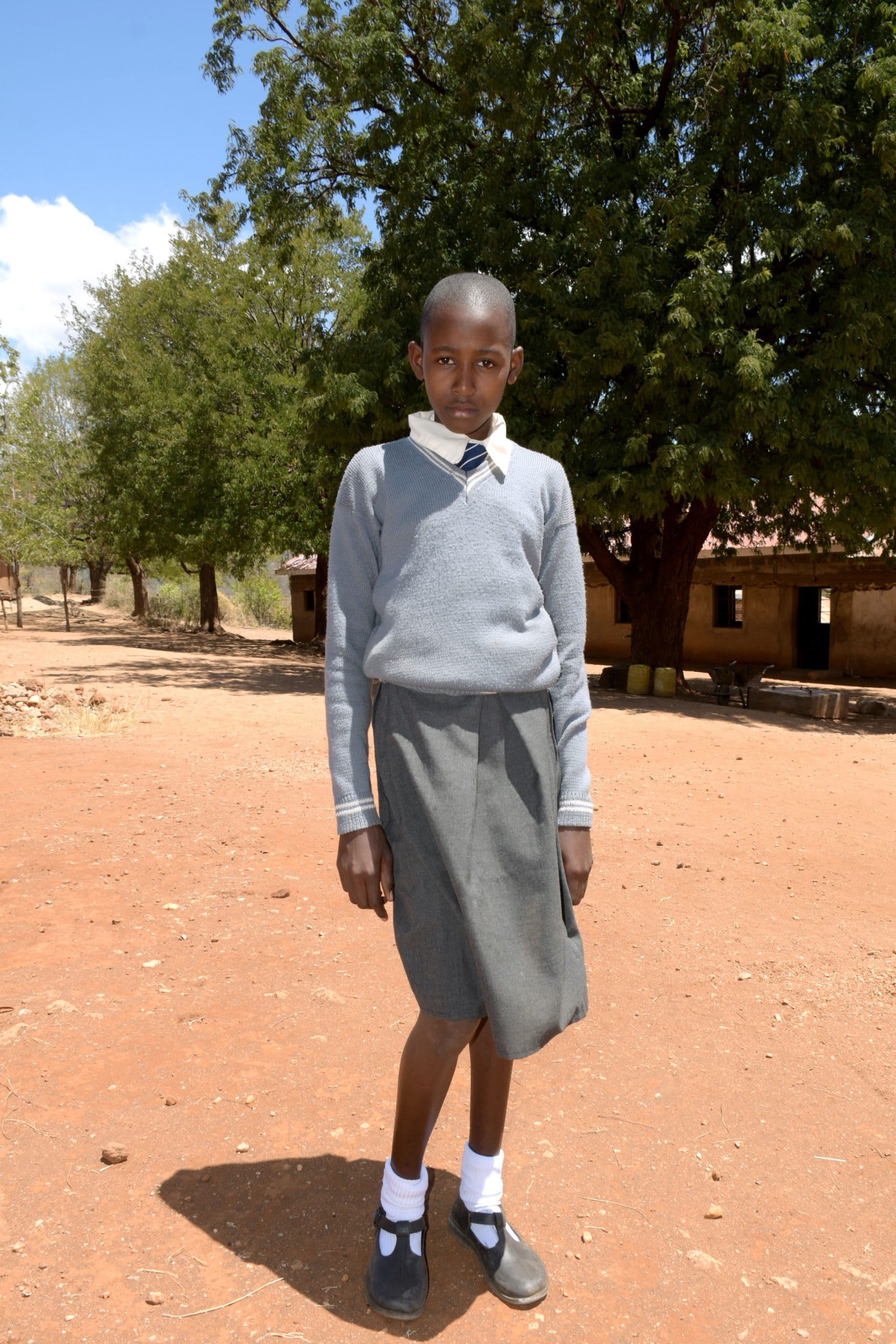
"I [am] usually forced to stay at home and seek treatment, forcing me to miss class lessons. I have to bear with the thirst during most days in school because there is little or no water in the school. Even using the latrines is a daunting affair because they have an unpleasant odor caused by poor hygiene," she continued.
Time used to collect water or recover from illnesses takes away time students could be learning or playing.
"Running school operations is very difficult because lack of water affects several activities like preparation of meals, construction, as well as hygiene and sanitation. Although we have a feeding program, getting meals to be prepared on time is frustrating because water is scarce," shared teacher Margaret Ndoo, seen below in her classroom.
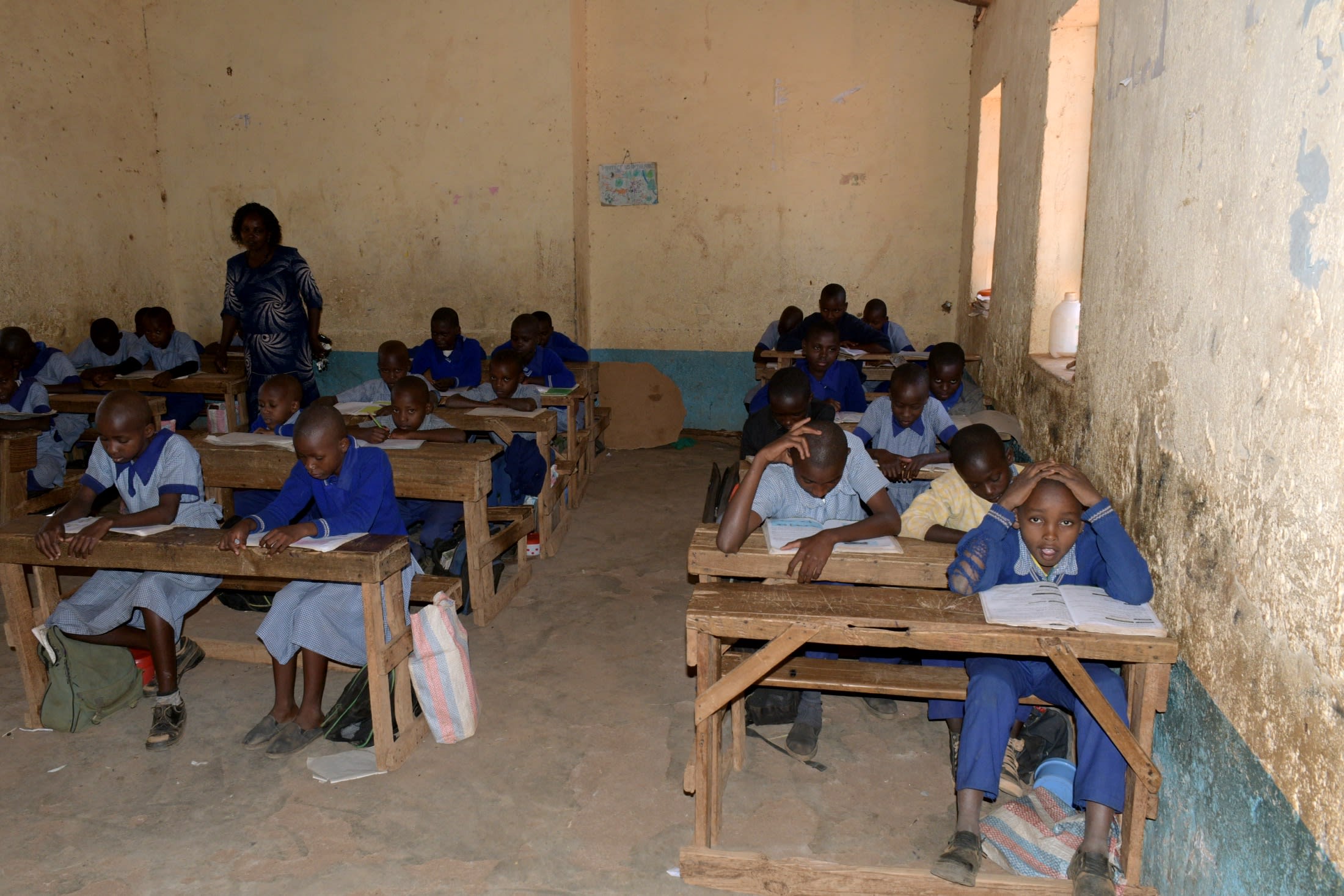
"Our learners also arrive late and find it hard to focus in class because they have to carry water over several kilometers across steep hills and rugged terrain. Improving the green scenery in our school is also challenging because we do not have enough water to irrigate trees and flowers. Conducting agriculture and home science practicals is also hard because we have to use the available water sparingly, and this has led to poor academic performance," Margaret continued.

Teachers and students are unable to thrive without access to clean water. Every day is an uphill battle to collect meager amounts of contaminated water. Installing a 104,000-liter rain tank will enable the Katse Primary School to collect more water during the rainy season to give them clean water throughout their school year.
If the students had clean, accessible water, they would no longer have to carry heavy jerricans to school daily. They would have time and energy to enjoy their childhood and focus on creating a better future. Teachers like Margaret would be able to give their students the tools they need to thrive without the constant worry and strain the water crisis at the Katse Primary School causes for everyone.
Water at schools is unique, which is why we need unique solutions.
The Proposed Solution, Determined Together...
At The Water Project, everyone has a part in conversations and solutions. We operate in transparency, believing it benefits everyone. We expect reliability from one another as well as our water solutions. Everyone involved makes this possible through hard work and dedication.
In a joint discovery process, community members determine their most advantageous water solution alongside our technical experts. Read more specifics about this solution on the What We're Building tab of this project page. Then, community members lend their support by collecting needed construction materials (sometimes for months ahead of time!), providing labor alongside our artisans, sheltering and feeding the builders, and supplying additional resources.
Water Access for Everyone
This water project is one piece in a large puzzle. In Kenya, Sierra Leone, and Uganda, we're working toward complete coverage of reliable, maintained water sources that guarantee public access now and in the future within a 30-minute round trip for each community, household, school, and health center. One day, we hope to report that this has been achieved!
Training on Health, Hygiene & More
With the community's input, we've identified topics where training will increase positive health outcomes at personal, household, and community levels. We'll coordinate with them to find the best training date. Some examples of what we train communities on are:
- Improved hygiene, health, and sanitation habits
- Safe water handling, storage & treatment
- Disease prevention and proper handwashing
- Income-generation
- Community leadership, governance, & election of a water committee
- Operation and maintenance of the water point
Handwashing Stations
Alongside each water source in Southeast Kenya schools, we also provide three new handwashing stations fitted with three taps each, allowing nine students to wash their hands at once. These will allow everyone at the school to wash their hands without running water. Handwashing is so important to help prevent future water-related illnesses in the school community.
The student health club will maintain the stations, fill them with water, and supply them with soap (which we will teach the school community how to make during the training!).

 Rainwater Catchment
Rainwater Catchment
 Rehabilitation Project
Rehabilitation Project













